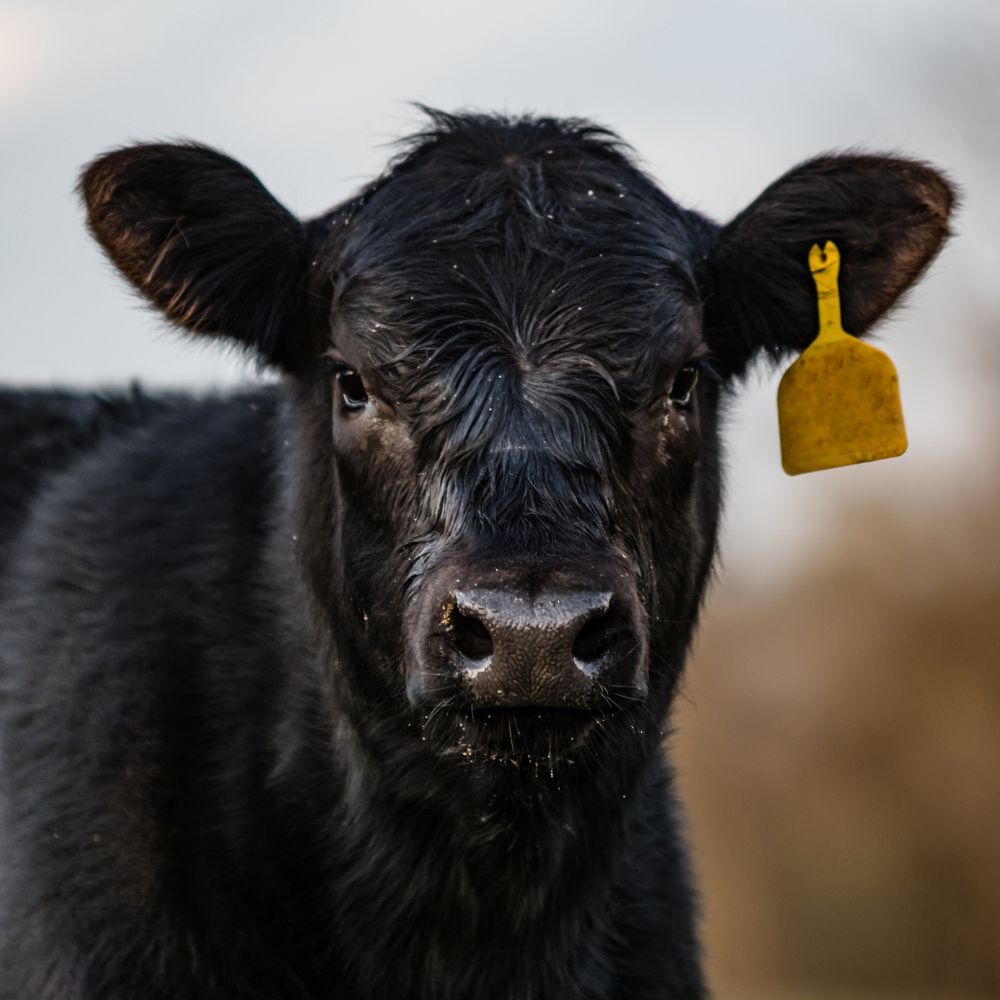Bagley Risk Management - Questions
Bagley Risk Management - Questions
Blog Article
What Does Bagley Risk Management Mean?
Table of ContentsLittle Known Facts About Bagley Risk Management.Some Known Incorrect Statements About Bagley Risk Management More About Bagley Risk ManagementGetting My Bagley Risk Management To WorkSome Ideas on Bagley Risk Management You Need To KnowWhat Does Bagley Risk Management Mean?
When your contract reaches its end date, the last cost is determined utilizing the CME Feeder Cattle Index. This is based upon sale barns throughout the Midwest (not simply your local market). If the index falls listed below your agreement's insurance coverage cost, you may be paid the distinction. Cost Modification Elements will use.Animals Threat Protection (LRP) is a USDA subsidized insurance coverage program that helps safeguard producers from the threats that originate from market volatility. With LRP, manufacturers have the ability to insure a flooring cost for their livestock and are paid an indemnity if the market value is reduced than the insured rate.
This item is meant for. What is LRP.
The 6-Second Trick For Bagley Risk Management

In the last couple of months, numerous of us at FVC and PCM have obtained questions from manufacturers on which risk monitoring device, LRP vs. Futures, is much better for a pork manufacturer? Like most tools, the answer depends on your procedure's objectives and situation. For this edition of the Dr.'s Edge, we will certainly take a look at the circumstances that tend to prefer the LRP device.
In Mike's analysis, he contrasted the LRP estimation versus the future's market close for each and every day of the previous twenty years! The portion expressed for each month of the given year in the first section of the table is the percent of days because month in which the LRP computation is lower than the futures close or to put it simply, the LRP would potentially indemnify even more than the futures market - https://www.edocr.com/v/kegjm5zj/bagleyriskmng/bagley-risk-management. (Livestock risk protection)
As an example, in January 2021, all the days of that month had LRP potentially paying greater than the futures market. On the other hand, in September 2021, all the days of that month had the futures market possibly paying more than LRP (absolutely no days had LRP less than futures close). The propensity that reveals itself from Mike's evaluation is that a SCE of a LRP has a greater chance of paying more versus futures in the months of December to May while the futures market has a greater chance of paying more in the months of June to November.
All about Bagley Risk Management

As an example, in 2019, LRP was better or within a $1. Table 2 depicts the average basis of the SCE LRP calculations versus the future's close for the given time frames per year.
Again, this information sustains more chance of an SCE of a LRP being much better than futures in December via May for many years. As an usual caution with all analysis, past efficiency is NO warranty of future efficiency! Likewise, it is essential that manufacturers have accounting procedures in position so they know their price of production and can better determine when to use risk monitoring devices.
See This Report about Bagley Risk Management
Some on-farm feeders might be pondering the need for price protection currently of year on calves kept with the intent to feed them to a coating weight sometime in 2022, utilizing readily available feed resources. Despite strong fed livestock prices in the present neighborhood market, feed costs and present feeder calf bone worths still make for limited feeding margins relocating onward.
23 per cwt. The existing typical auction price for 500-600 pound steers in Nebraska is $176 per cwt. This recommends a break-even price of $127. 57 for the 1,400-pound steer in July of 2022. The June and August live cattle contracts on the CME are currently trading for $135. 58 and $134.
Cattle-feeding enterprises often tend to have tight margins, like many agricultural business, because of the affordable nature of the service. Cattle feeders can bid more for inputs when fed cattle prices rise. https://www.dreamstime.com/andrewbagley62685_info. This enhances the cost for feeder livestock, particularly, and rather increases the prices for feed and other inputs
The Definitive Guide to Bagley Risk Management
Areas much from significant More hints processing facilities have a tendency to have an adverse basis. It is necessary to keep in mind that local results additionally affect basis values for 500-600 pound steers in the loss. For instance, Nebraska livestock are close to significant handling facilities. Consequently, basis is positive or absolutely no on fed livestock throughout much of the state.
Only in 2020 did the LRP protection rate exceed the ending value by adequate to cover the premium expense. The net impact of having this LRP coverage in 2019-20 was significant, adding $17.
37 The producer costs decreases at reduced protection degrees yet so does the protection price. The impact is a reduced net outcome (indemnity costs), as coverage level decreases. This mirrors lower reliable degrees of protection. Because producer costs are so low at reduced insurance coverage levels, the manufacturer loss proportions (indemnity/premium) boost as the insurance coverage level declines.
The 8-Minute Rule for Bagley Risk Management
As a whole, a producer must consider LRP coverage as a system to safeguard outcome rate and succeeding earnings margins from a threat monitoring perspective. Nonetheless, some manufacturers make a situation for guaranteeing at the reduced levels of insurance coverage by concentrating on the decision as a financial investment in threat monitoring protection.

Report this page